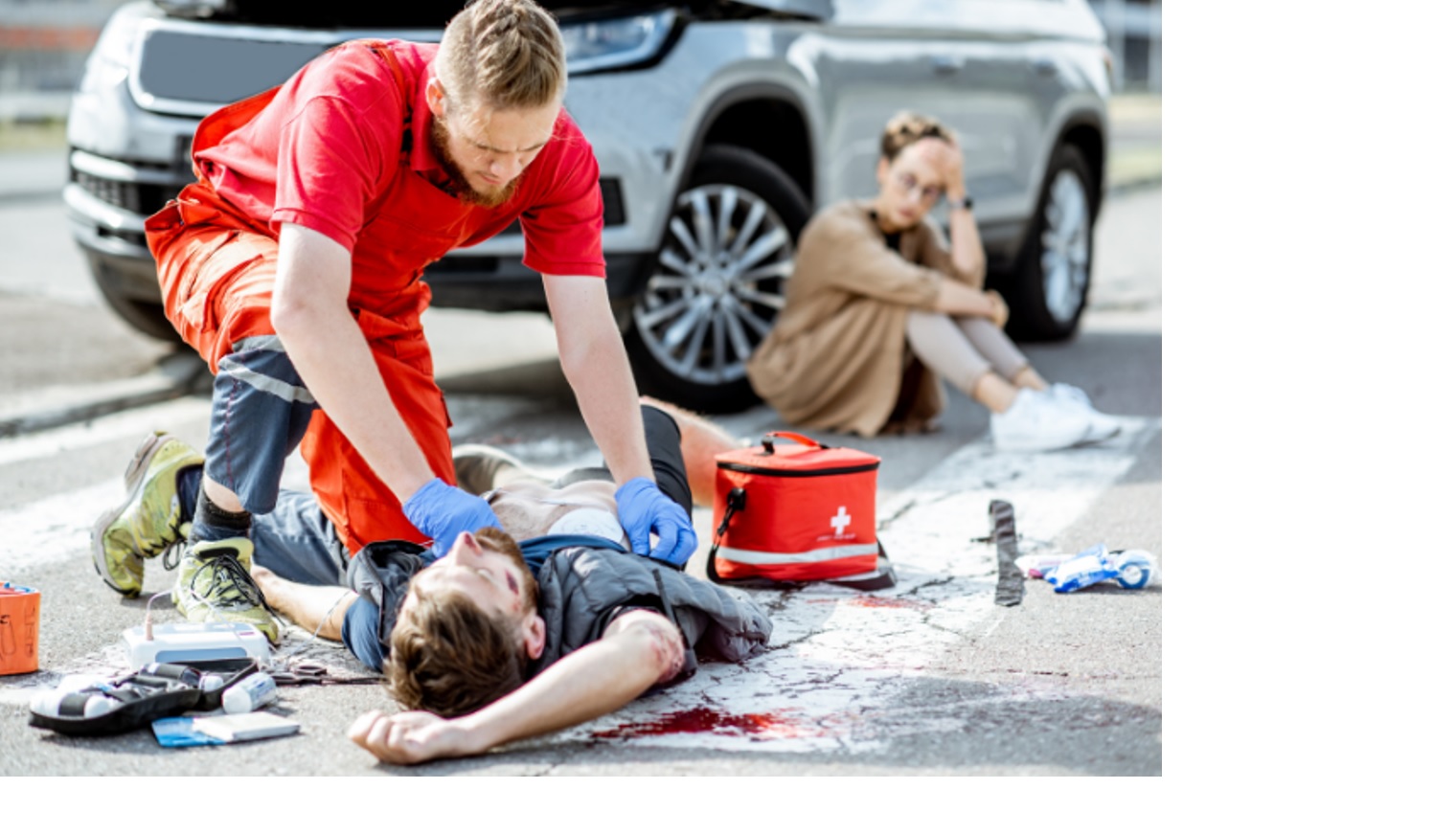
First Aid: How to Stop Emergency Bleeding
First aid: Emergency bleeding is one of the major causes of preventable death, accounting for about 38% of trauma and hemorrhagic shock deaths
Therefore, knowing how to apply bleeding control measures can make a difference between life and death.
The performance of first aid can help stabilise the situation prior to the arrival of emergency responders.
Bleeding Emergencies
Uncontrolled bleeding from trauma injuries can occur in many situations, including road collisions, work-related injuries, acts of violence, or even in a natural disaster.
Emergency bleeding is considered as severe if the blood is gushing, spurting, or flowing in a continuous motion.
These types of injuries demand special care as they can quickly become life-threatening.
Deep cuts, scrapes, amputations, and puncture wounds can result in emergency bleeding.
Knowing how to control emeregency bleeding before emergency help arrives could result in lesser recovery time, faster recovery time, and even save lives.
First Aid Treatment for Emergency Bleeding
For any wound that results in significant blood loss, call Emergency Number and ask for emergency assistance.
Follow these first aid steps while waiting for EMS to arrive.
Applying direct pressure
Direct pressure is one of the most important techniques in stopping the bleed.
Use a heavy gauze pad, a towel, or a clean cloth when doing so.
Once the blood soaks through the first layer, find another material to place over it.
It is not advisable to remove the first later or relieve any pressure.
Instead, add a new later every 10 minutes until the bleeding stops or until help arrives.
Secure the cover in place
Once the bleeding stops, secure the gauze firmly in place with first aid supplies available.
If possible, use a bandage or other options, including shoelaces, neckties, strips of cloth, etc.
Once the bleeding appears to have stopped, tie the cloth firmly in place with any supplies you
Emergency Bleending: Elevate Above the Heart
Elevate the wound site above the heart level to help slow down the blood flow.
As it slows down, the responder can easily put a stop by using direct pressure.
Any wound must be above the heart while continue keeping direct pressure on it.
Pressure Points
Pressure points refer to areas of the body where the blood vessels run close to the surface.
Applying pressure to the blood vessels can stop the bleeding, or the blood flow will be further slowed.
Use tourniquets
Applying a tourniquet is the last option and is only used for serious emergencies where the choice between life and limb must be made.
Most people who use this method are involved in car accidents, gunshot wounds, deep cuts, or crushed wounds.
A tourniquet should not last for more than two hours.
The responder should take note of the start of reactive symptoms and more.
In doing so, the paramedics will know exactly what to do as they arrive on the scene.
Once the emergency bleeding is under control and treatment is successful, the victim will be under control and transferred to a new contract.
Symptoms to Watch For
Even if the bleeding stops, it is important to have it cleaned by the doctor.
If the victim is experiencing any of these symptoms, seek medical help right away.
Signs of shock
- Pale, cold, clammy skin
- Shallow, rapid breathing (difficulty breathing
- Rapid heartbeat
- Irregular heartbeats or palpitations
- Disorientation or sudden confusion
- Dry mouth or unusual thirst
- Dark urine or no urine output
Remember that significant blood loss could result in a potentially dangerous condition known as hypovolemic shock.
Closely monitor the symptoms while waiting for EMS to arrive.
Emergency Bleendingm, conclusion
Regardless of how severe an injury is, all bleeding needs to be controlled.
Some wounds can cause profuse bleeding, and only with proper first aid treatment can the bleeding be stopped.
Awareness and preparation are the keys to successful wound care.
It starts with having a well-stocked first aid kit and recognising when bleeding requires emergency care.
Read Also:
Emergency Live Even More…Live: Download The New Free App Of Your Newspaper For IOS And Android
Tourniquet And Intraosseous Access: Massive Bleeding Management
Signs And Symptoms Of Shock: How And When To Intervene
Blood Pressure: New Scientific Statement For The Evaluation In People
Will Lower Blood Pressure Reduce The Risk Of Heart And Kidney Diseases Or Stroke?
Rapid Blood-Pressure Lowering In Patients With Acute Intracerebral Hemorrhage
Brain Hemorrhage: Causes, Symptoms, Treatments


